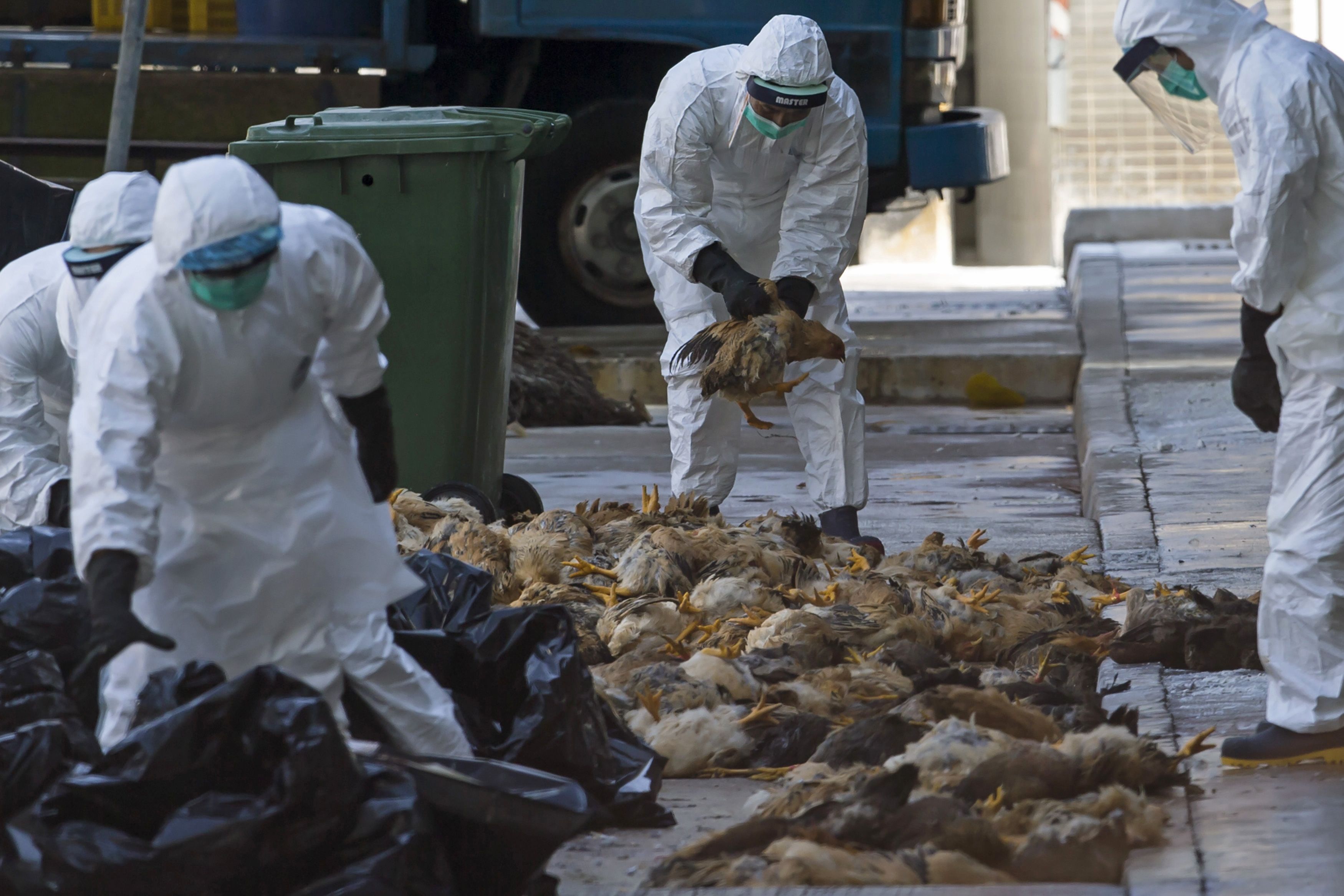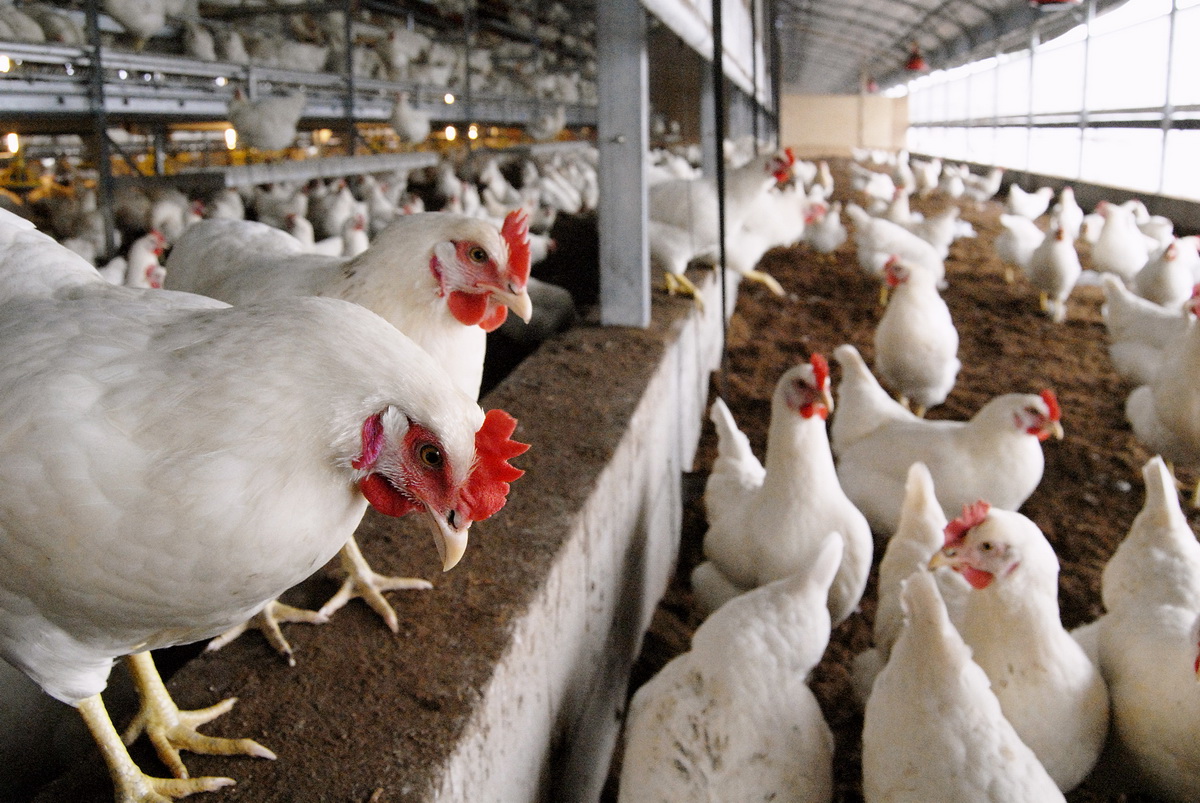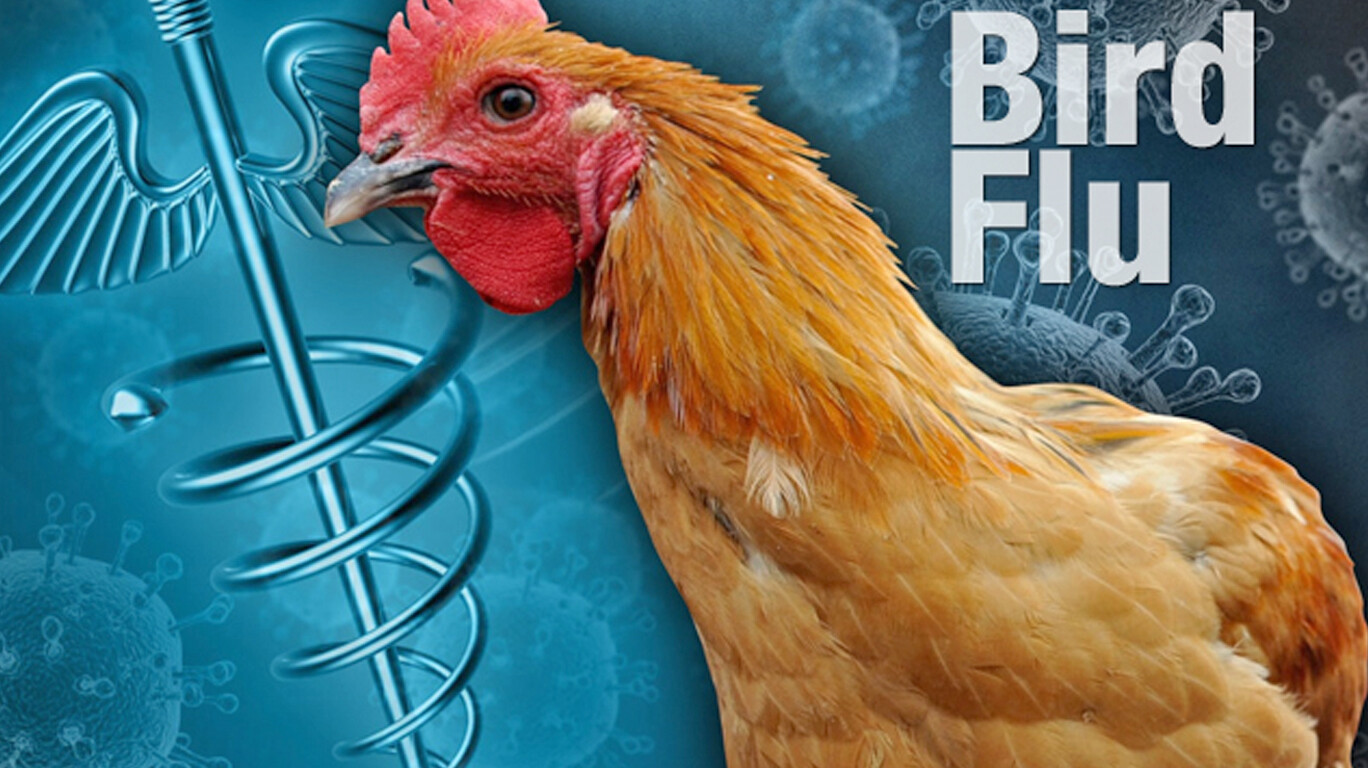Bird Flu Overview

Bird flu, also known as avian influenza, is a highly contagious viral disease that primarily affects birds. It is caused by influenza A viruses that belong to the family Orthomyxoviridae.
Bird flu viruses are classified into two main types: low pathogenic avian influenza (LPAI) and highly pathogenic avian influenza (HPAI). LPAI viruses typically cause mild respiratory symptoms in birds, while HPAI viruses can cause severe respiratory disease and high mortality rates.
Prevalence and Distribution
Bird flu is a global disease that has been reported in over 100 countries worldwide. The virus can spread through direct contact with infected birds or their secretions, as well as through contaminated food, water, or equipment.
The prevalence and distribution of bird flu can vary depending on factors such as bird migration patterns, poultry farming practices, and environmental conditions.
Transmission and Prevention

Bird flu, or avian influenza, is a highly contagious viral disease that affects birds and can sometimes spread to humans. Understanding the modes of transmission and implementing preventive measures is crucial for reducing the spread of bird flu and protecting both human and animal health.
Transmission of bird flu can occur in various ways, both between birds and from birds to humans.
Transmission between Birds
- Direct contact: Infected birds can transmit the virus to other birds through direct contact, such as sharing food, water, or respiratory droplets.
- Indirect contact: The virus can also be transmitted through contact with contaminated surfaces, such as cages, equipment, or feces.
- Airborne transmission: In some cases, the virus can be transmitted through the air over short distances through respiratory droplets or aerosols.
Transmission to Humans
- Direct contact with infected birds: Handling or coming into close contact with infected birds, such as poultry workers or bird enthusiasts, can lead to transmission.
- Contact with contaminated surfaces: Touching surfaces or objects contaminated with the virus, such as cages, equipment, or clothing, can result in infection.
- Inhalation of airborne virus: In rare cases, the virus can be inhaled from the air in close proximity to infected birds or their droppings.
Risk Factors and Prevention, Bird flu
Certain factors can increase the risk of bird flu transmission, including:
- Working with poultry or birds
- Visiting live bird markets or poultry farms
- Traveling to areas where bird flu is known to be present
Preventive measures to reduce the spread of bird flu include:
- Personal hygiene: Washing hands frequently with soap and water, especially after handling birds or poultry products.
- Biosecurity measures in poultry farming: Implementing strict biosecurity measures, such as isolating infected birds, disinfecting equipment, and restricting access to poultry farms, can help prevent the spread of the virus.
- Vaccination: Vaccinating poultry can help reduce the risk of infection and spread.
- Surveillance and reporting: Monitoring bird populations for signs of infection and promptly reporting suspected cases can help contain outbreaks.
Importance of Biosecurity Measures
Biosecurity measures play a crucial role in preventing the spread of bird flu in poultry farming and protecting public health.
- Protecting poultry health: Biosecurity measures help maintain healthy poultry flocks and reduce the risk of economic losses due to bird flu outbreaks.
- Preventing human infection: By reducing the spread of bird flu in poultry, biosecurity measures also help protect humans from potential infection.
- Maintaining food safety: Preventing bird flu outbreaks helps ensure the safety of poultry products for human consumption.
Impact and Management: Bird Flu

Bird flu outbreaks can have significant economic and public health consequences. In the poultry industry, outbreaks can lead to mass culling of infected flocks, resulting in substantial financial losses for farmers. Additionally, trade restrictions and consumer fears can further impact the poultry industry.
For public health, bird flu poses a potential pandemic threat. While most human cases of bird flu have been mild, some strains, such as H5N1 and H7N9, have caused severe illness and death in humans. Outbreaks in poultry can also lead to the contamination of food products, increasing the risk of human infection.
Challenges and Strategies for Controlling and Eradicating Bird Flu
Controlling and eradicating bird flu outbreaks is a complex challenge. Wild birds, which can carry the virus without showing symptoms, serve as a reservoir for the virus, making it difficult to eliminate. Additionally, the virus can mutate, leading to the emergence of new strains that may be more resistant to vaccines or antiviral drugs.
Strategies for controlling bird flu outbreaks include:
- Surveillance and early detection: Monitoring poultry flocks for signs of infection and promptly reporting suspected cases.
- Biosecurity measures: Implementing strict biosecurity measures on poultry farms to prevent the introduction and spread of the virus.
- Vaccination: Vaccinating poultry flocks to reduce the severity of outbreaks and prevent the spread of the virus.
- Culling: In cases of severe outbreaks, culling infected flocks may be necessary to prevent further spread.
Case Studies of Successful Bird Flu Management Programs
Several countries have implemented successful bird flu management programs. In the United States, the National Poultry Improvement Plan (NPIP) has been instrumental in reducing the incidence of bird flu outbreaks. The NPIP includes a comprehensive set of biosecurity measures and surveillance programs to prevent and control the spread of the virus.
In the United Kingdom, the Animal and Plant Health Agency (APHA) has implemented a successful program to control bird flu outbreaks in wild birds. The program includes surveillance, culling of infected birds, and vaccination of poultry flocks in high-risk areas.